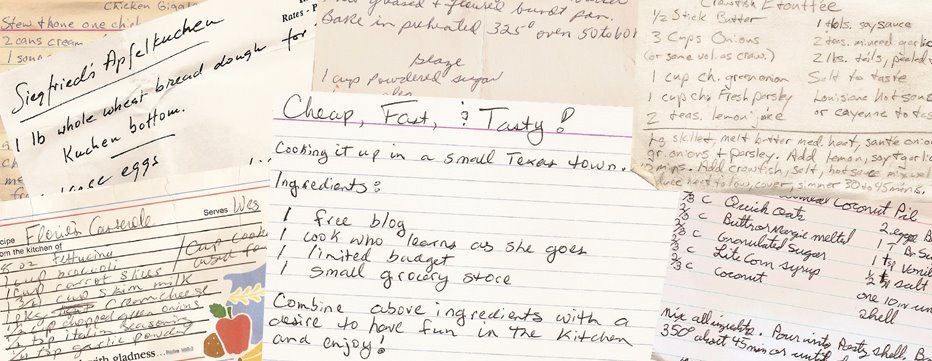 This is Ninniku Hachimitsu-zuke. It is a type of Japanese "sweet pickle." According to my new-to-me Japanese Pickling Recipes book (Tsukemono), garlic in honey is an unexpectedly pleasant way to eat garlic. The honey in which the garlic cloves are pickled makes a great drink if thinned with hot or ice water.......... It [garlic] warms up your body, improves blood circulation and weak respiratory and digestive systems. This honey version is also used for a cold remedy: when catching a cold with chills, take several spoonfuls of this honey thinned with hot water, before going to bed.
This is Ninniku Hachimitsu-zuke. It is a type of Japanese "sweet pickle." According to my new-to-me Japanese Pickling Recipes book (Tsukemono), garlic in honey is an unexpectedly pleasant way to eat garlic. The honey in which the garlic cloves are pickled makes a great drink if thinned with hot or ice water.......... It [garlic] warms up your body, improves blood circulation and weak respiratory and digestive systems. This honey version is also used for a cold remedy: when catching a cold with chills, take several spoonfuls of this honey thinned with hot water, before going to bed.
According to the recipe, I can sample the honey in as little as three days but need to wait at least one month before I try the garlic. No mention is made of how sweet pickled garlic should be served.
What you see here is, quite simply, garlic cloves that have been shucked, rinsed, and thoroughly dried then placed in honey and weighted down with a sterilized river rock (the jar and lid were also sterilized). I made a very small batch. Shucking garlic cloves is slow work if you don't want them mashed at all. I used more honey than needed just in case the honey turns out to be tasty. Although I'm finding it difficult to imagine that it will, but am hoping to be very surprised!
I'll let you know how this garlic in honey experiment goes. I was dying to pickle something Japanese style and this was one of the few recipes I had all the ingredients for. It's not like I can run out and buy burdock, shiso, daikon radish, or lotus root, after all. And that sucks because I bet lotus root is delectable.
Note: [taken directly from book] The word tsukemono means soaked or marinated (tsuke) things (mono). Most Japanese titles of this book have "-zuke" as suffix, which is a changed form of "tsukemono". For example, Shoyu-zuke means something marinated in soy sauce, Hakusai-zuke means pickled hakusai, or Chinese cabbage, and Osaka-zuke means Osaka-style pickls.
From what I'm gathering in this book, Japanese pickles could mean anything from a vegetable (usually fruits or veggies but meats are included in many recipes) rubbed with salt before serving to a vegetable that has been marinating for several hours to several days. Most of these recipes call for the food to be marinated for less than a few hours before serving.
THE LONG AWAITED RESULT: It's good! The honey itself is actually quite tasty. The smell of the garlic will knock you over but the taste is mild and the honey is much thinner--very easy to pour or measure out a bit for use. The garlic cloves are delicious. I've been using the honey in stir-fry sauces and the garlic cloves in Asian dishes that require a sweet element--which is nearly all of them. I made more garlic honey pickles after this recipe--I don't ever want to run out of it. The garlic honey is so good in stir fry sauce and saves me having to prepare fresh garlic--I love cooking with it.
Honey, is that ew?
Subscribe to:
Post Comments (Atom)
Anasazi Beans

Dang, that's a pretty bean.










No comments:
Post a Comment